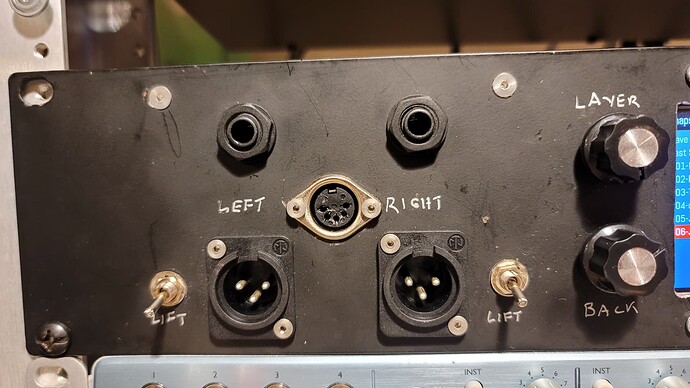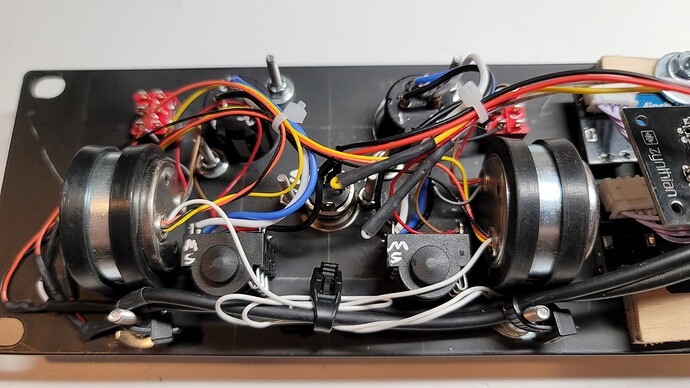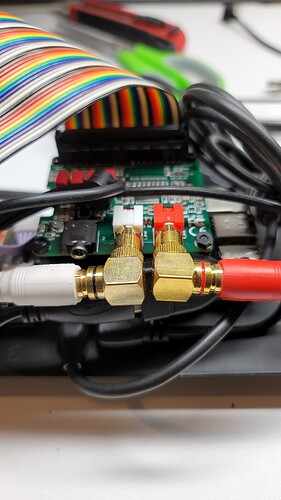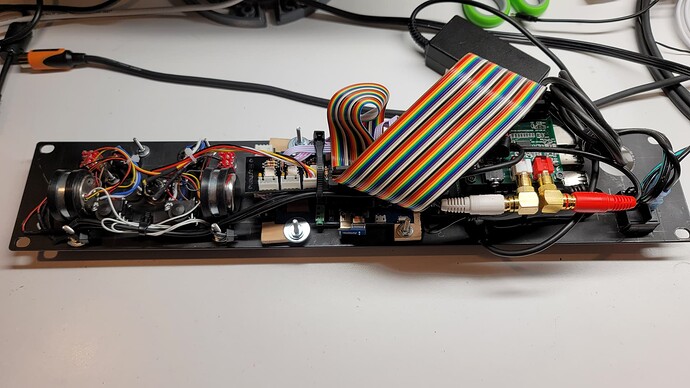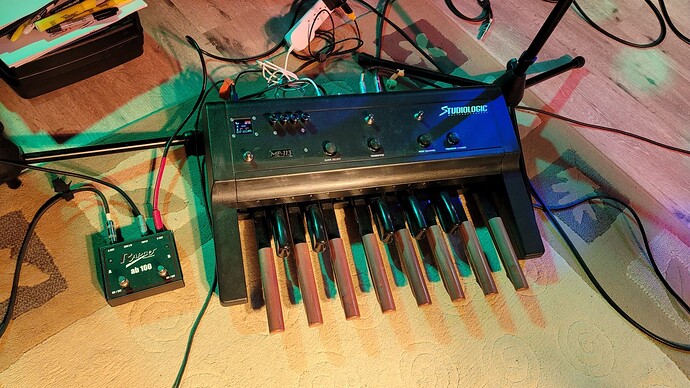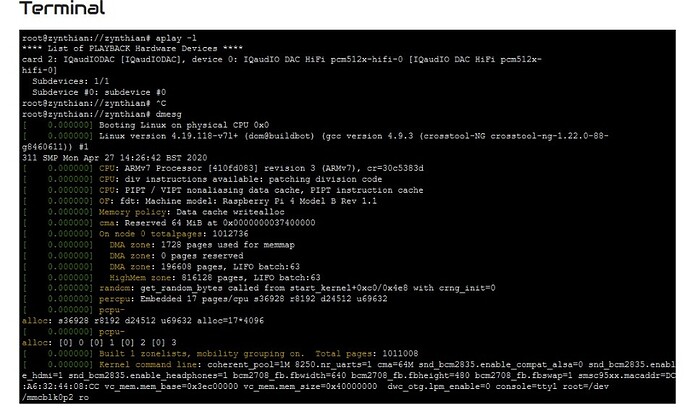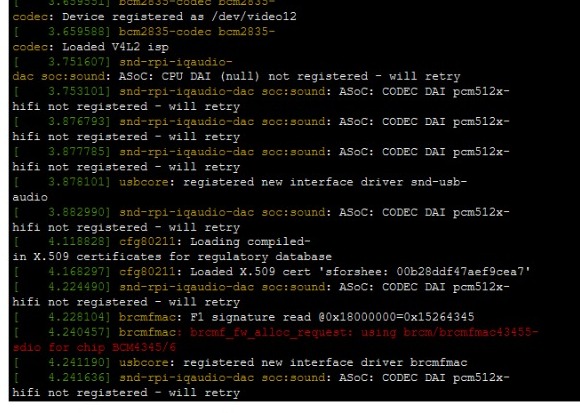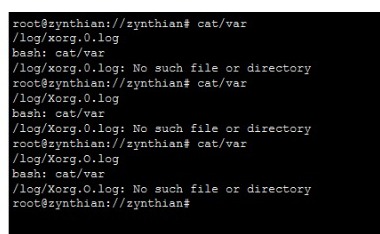AAah the great and glorious subject of balancing and what it is about…
It’s basically a telephone trick for sending a signal a looooooong way with some hope of it emerging at the far end of a wire looking a lot like what went in. Afailry important consideration if you are building a telephone network for instance!!
So lets start with a simple microphone…which is nothing more than a magnet attached to something something flimsy which is moved by the voice, inside a coil of wire.
That coil of wire has two ends and it’s the voltage between those two ends that you are wanting to pass down that long bit of wire.
Now for reasons best just accepted it’s wise to stick one of those coil ends into the ground at some point, so you end up with signal on the other end of the coil and what’s generally known as ground on the other side.
This is relevant in screened cables because the ground is a good electrical protector. (See Faraday Cage; no electrical field inside a close conductor ) and it keeps out electrical interference to a certain extent which is good.
But what about magnetic fields? They are much more insidious, and will induce nasty hum on your signal wire no matter how much shielding you put round it.
How do you buck the hum… ?
Well you use two coils one either side of your thin moving magnet and use these wires because they have a VERY useful characteristic. IF you join the adjacent ends of the two coils to gether and then join that to ground, you get two signals on the colil ends that are exactly 180 degrees out of phase with each other. i.e. when one coil is generating a maximum positive voltage, as the magnet moves back and forth, the other coil is at maximum negative voltage.
So if you send these two wires twisted together to the far away place you want to get the signal you can perform an amazing trick using the clever transformers we have here.
A transformer in this case is three coils of wire all wound onto the same lump of metal, so the magnetic field travels through all of them together.
By inverting one of the coils and connecting the two wires from our microphone. We can produce a signal on the third coil which is the anto sum of the two signals so that the two add together and produce a signal twice the size…
But even better, any passing magnetic field on the way, has made a signal on BOTH cables that this inversion and addition process will remove.
That’ why balanced is used.


